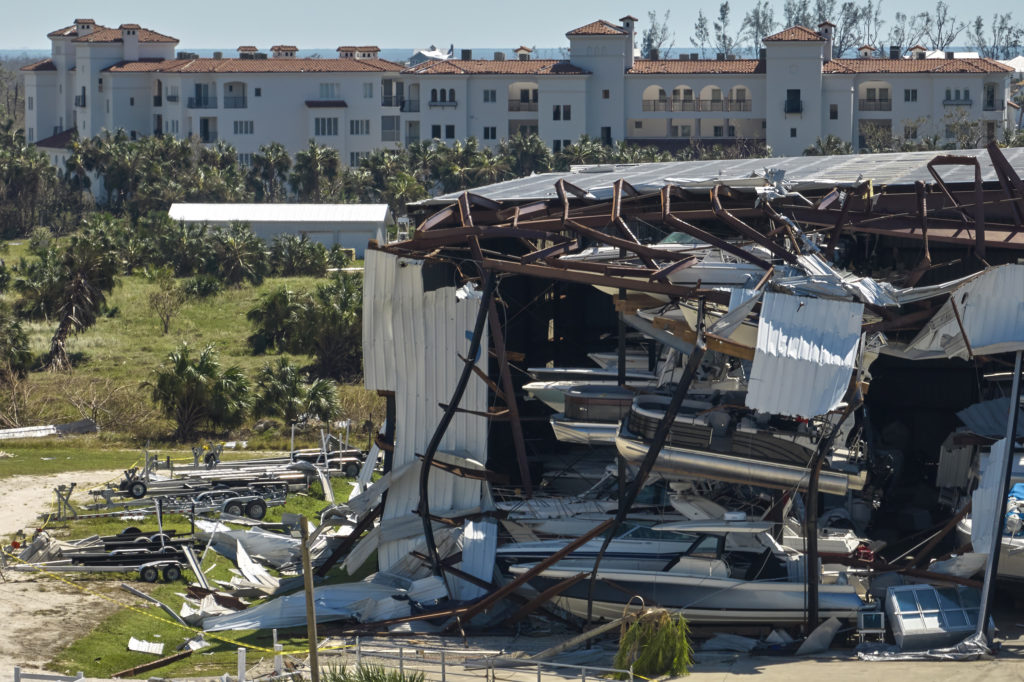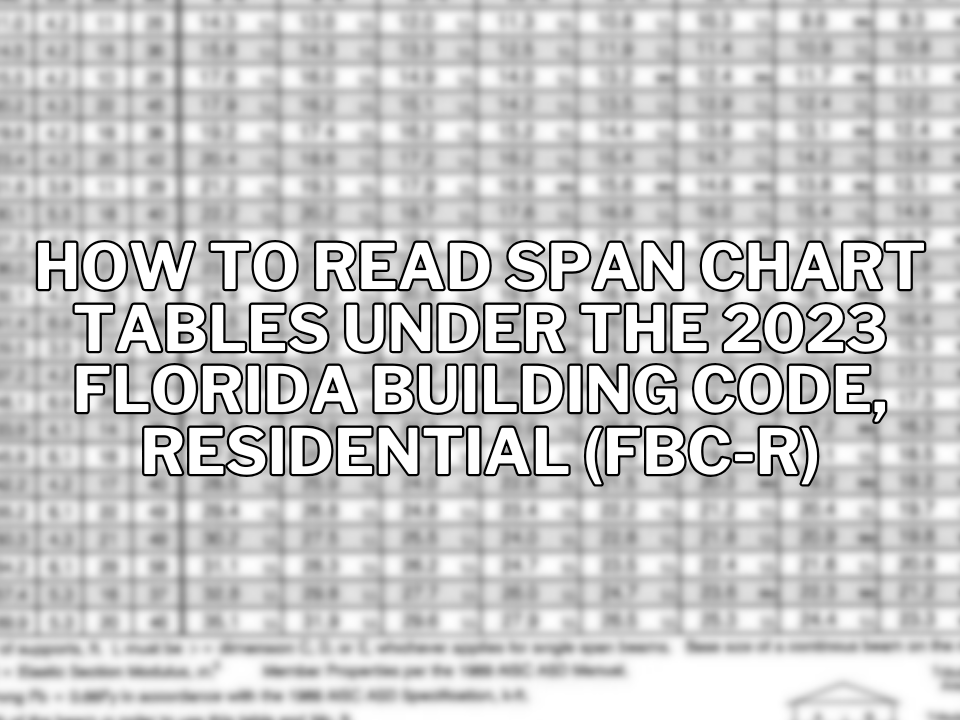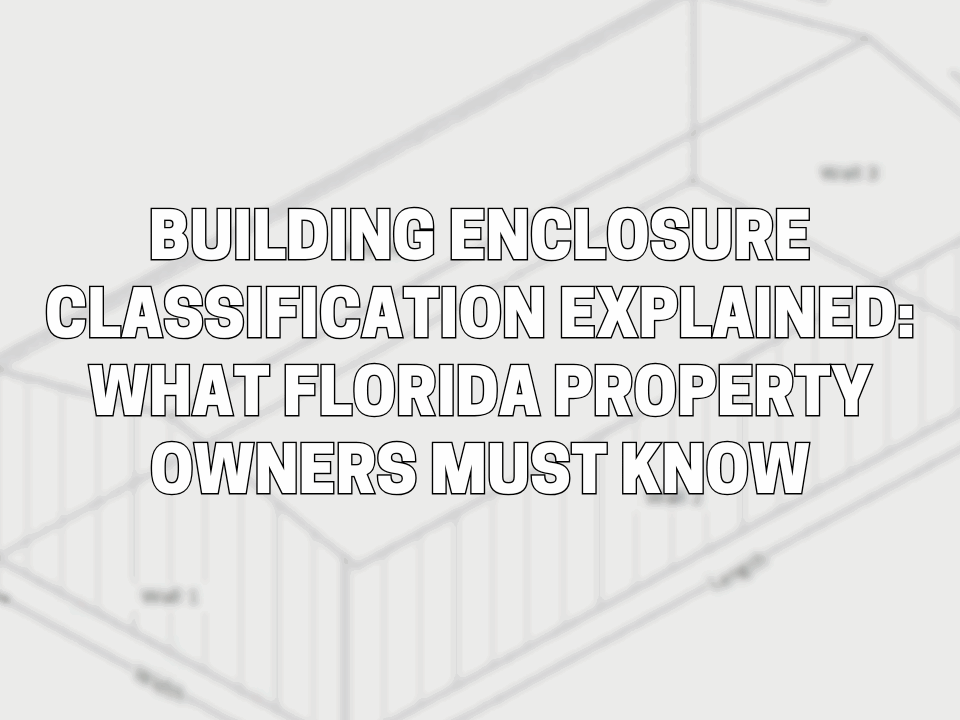Hurricane Ian was one of the biggest hurricanes to hit Florida, with an astounding loss estimated at around $70 billion, in addition to the incalculable loss to the lives of residents. Such an incident acts as a reminder to the society about a structural engineer’s responsibility to ensure that the built environment is resilient against natural hazards.
An important aspect of a structural engineer’s responsibility is compliance to local, state and national codes and standards. Every year the volume of these codes and standards keeps increasing and new ones are added on top of existing ones. And so, the field on structural engineering appears as becoming more of a prescriptive science with a multitude of instructions from the codes. But then, does following codes by itself guarantee safety against the forces of nature?
To answer this question, let us consider the most widely used standard for calculating loads on buildings – ASCE 7-16 Minimum Design Loads for Buildings and Other Structures. As the name suggests, these are minimum loads for design and the engineer’s judgment to go beyond these in appropriate cases is important. More specifically, let us talk about the wind design provisions of ASCE 7-16, which are the most pertaining to our case.
The process for wind load calculation involves calculating design pressures using a basic wind speed, depending upon the risk category and shape and other characteristics of the building and the type of terrain and location. These wind speeds are based on probabilistic studies.
| Risk Category | Probability of failure in 50 years |
| I (storage shells, screen enclosures) | 15% |
| II (one- and two-family dwellings) | 7% |
| III (high occupancy) | 3% |
| IV (essential facilities) | 1.7% |
This implies that there is always a chance that the wind speed will be exceeded during the life of the building, as shown in the table above.
Apart from the wind speed, calculating the wind load requires several coefficients. These are based on standard limited shapes and in many instances do not align with the actual building shape. In such cases, a practical engineering judgment is necessary. And similar limitations apply to terrain and wind regions.
So, although the codes provide a very convenient procedure for calculating loads and designing the structure, they have limitations in their application and in many instances do not reflect the actual parameters of the project. The responsibility lies with the engineer to find the case that best aligns with the actual structure to come up with a design.
Structural engineering is much more than complying to codes and standards. It is undeniable that these codes and standards are published to ensure safety and durability of our structures, they are by no means meant to replace the sound engineering judgment of a professional structural engineer and his/her decision-making skills.
This is one of the principles of design that our engineering team incorporates in all their projects. At Florida Engineering, we use our considerable wealth of knowledge and experience to supplement the requirements of the building codes and provide you with strong and secure structures.
References:
ASCE 7-16 Minimum Design Loads for Buildings and Other Structures
Coulbourne, W., Stafford, T. E., Wind Loads – Guide to Wind Load Provisions of ASCE 7-16









